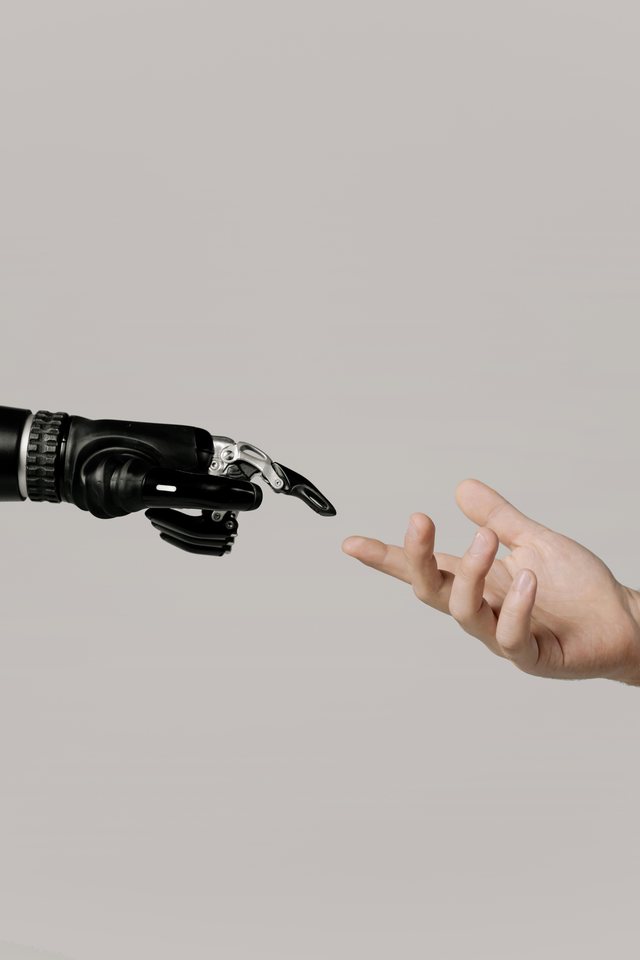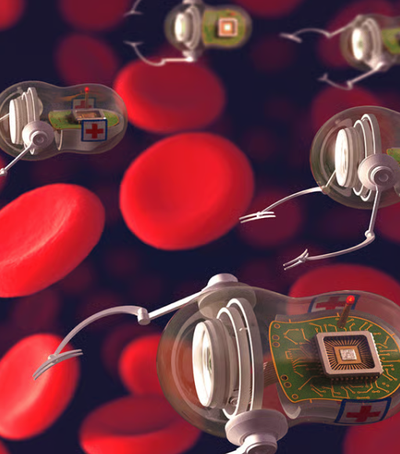
When machines learn to feel
Not so long ago, artificial intelligence was simply a calculation skill. Today, it is learning to feel – or at least understand – human emotions through facial expressions, tone of voice, breathing rate or body movements.
This new development is called “emotional AI” – technology that teaches machines to read, analyze, and respond to our emotions. Essentially, it’s about trying to make technology more human, understanding not only what we say, but also how we feel.
The science behind artificial intelligence
Emotional intelligence systems use emotion recognition algorithms – a combination of psychology, neuroscience, and data analysis.
Cameras read facial micro-expressions, microphones analyze voice intonation, sensors measure heart rate or body temperature, while machine learning programs compare this data with universal patterns of emotions (joy, fear, anger, sadness, surprise).
Thus, a robot today can "understand" whether you are stressed, tired, or happy - not through empathy, but through behavioral analysis.
From healthcare to digital psychotherapy
These technologies are transforming the way we interact with machines.
In medicine, robots help patients feel more understood, by monitoring emotions and behavior during therapy.
In education, digital platforms adapt the pace of learning to the student's mood.
In customer service, virtual assistants analyze the tone of the conversation to provide more empathetic responses.
And in psychology, virtual therapists are being developed that can help manage stress or depression – always available, without bias, and with perfect memory of the user's emotional history.
The great possibilities of an “empathetic” world
If used ethically, robots with emotional intelligence can enhance well-being and humanize technology. They can understand our state before we say it, help us in times of stress, care for the elderly or disabled, and even serve as communication bridges for those who have difficulty expressing emotions.
In this way, machines do not replace humans – but fill emotional gaps, bringing empathy where human contact is lacking.
The danger of “programmed empathy”
But how sincere can a feeling that comes from algorithms be?
The great danger of artificial emotional intelligence is the imitation of feeling without depth – empathy as a tool of manipulation.
In the wrong hands, it can be used to influence our decisions, to manipulate purchases, votes, or collective emotions.
When machines learn to read emotions, they also learn to play with them.
Therefore, ethics and transparency become as important as innovation itself.
Can a car feel?
For now, the answer is no. Robots don't have consciousness, emotional memory, or self-awareness – they simulate feeling, but they don't experience it.
However, as the field of neuro-AI develops, the most intriguing philosophical question of our time is arising:
If a machine understands me better than a human, is it more empathetic?
The future of emotional intelligence will not be measured by how much machines "feel", but by how human we remain in using them.
If technology is used to enhance care, empathy, and well-being, it becomes an extension of the human spirit. But if we allow it to replace feeling, we risk losing its essence.
Because no matter how smart machines become, no algorithm can program true love.
Photo by cottonbro studio: https://www.pexels.com/photo/hand-of-a-person-and-a-bionic-hand-6153343/





